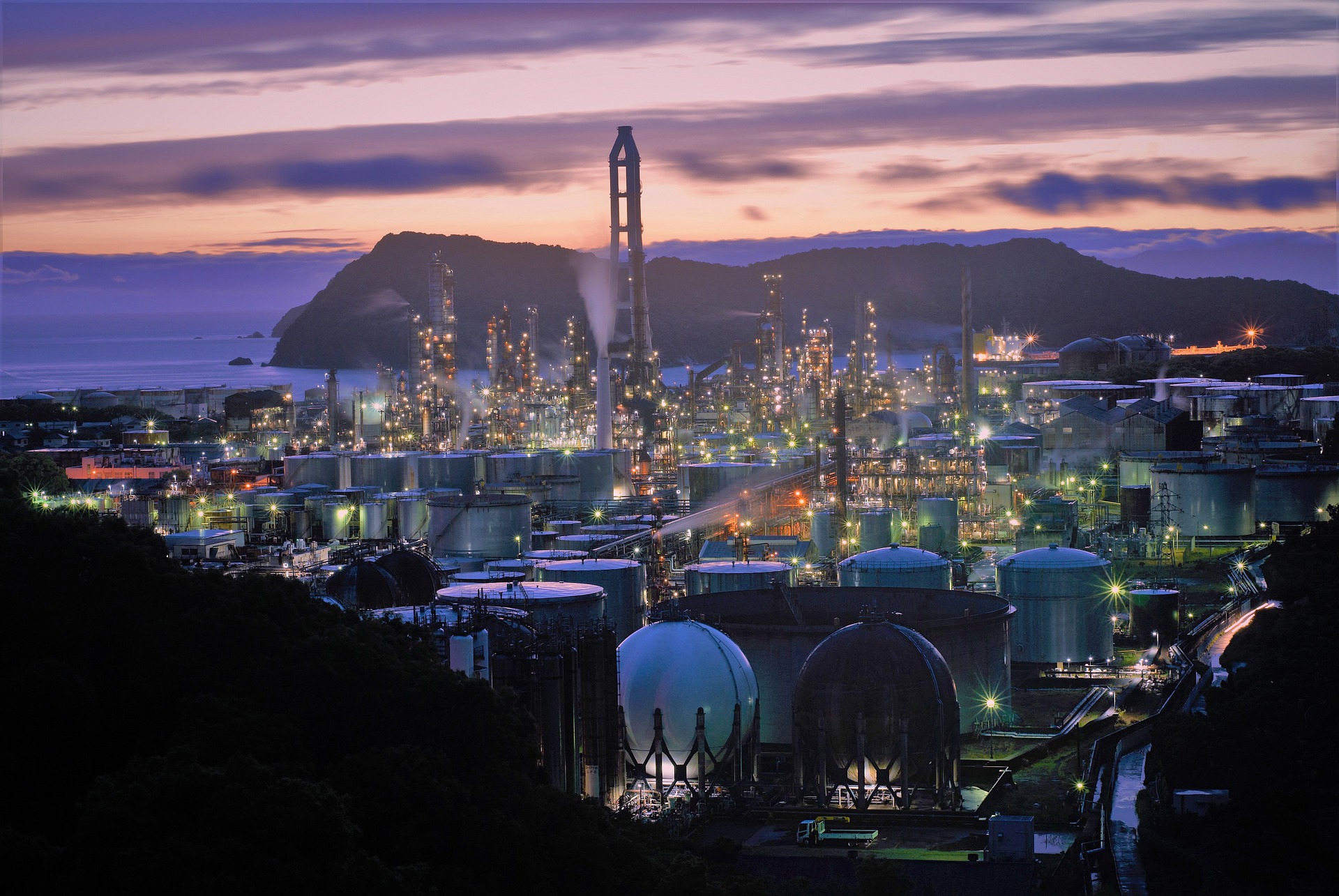More efficient purification provide environmental benefits

At MDH, research is underway into how to purify polluted water, gases and sludge in new ways. This will lead to reduced emissions of pollutants, reduced operating costs - and improved energy and nutrient recovery.
Today, many CHP plants purify their emissions of smoke, water and sludge in various purification processes, despite the fact that by integrating the processes with each other, one can both reduce costs, increase energy efficiency and reduce emissions as a whole. At MDH, research is underway into how to purify polluted water, gases and sludge in new ways. This will lead to reduced emissions of pollutants, reduced operating costs - and improved energy and nutrient recovery.
Hailong Li, Professor of Environmental Engineering explains:
“Within the framework of the WASTE MAN project, we have developed a new solution that combines flue gas treatment, wastewater treatment and sludge management to further reduce emissions from air pollutants, wastewater and sludge from biomass and waste.
The new solution is based on a closed water loop, which means that no wastewater is discharged from the biomass and waste. By maximizing the reuse of wastewater, it leads to less discharges into lakes and seas and that we reduce the extraction of fresh water”.
How can the result be used?
“We have developed a model that can be used to estimate the amount of heavy metals in wastewater and a new concept of sustainable emission reduction based on what happens when we integrate the purification processes for air pollutants, wastewater and sludge, and how we can use sludge as a raw material for both fuel and biochar”, says Hailong Li.
The possibility of converting sludge from waste into a resource is something that also fits well into the transition to a society based on a more circular economy and a circular use of resources.
"Through this transformation, we have further reduced emissions of air pollutants, wastewater and sludge, and also added improved energy and nutrient recovery," says Hailong Li.
Why is it important to investigate this?
“In the next few years, there will be stronger regulations, both at national level and within the EU, for cogeneration and sewage treatment plants. This applies in particular to discharges through water, but also air pollution and sludge. This means that the energy industries need to prepare for stricter emission regulations to be applied for the control of both air and water emissions” says Hailong Li and continues:
“Meanwhile, the EU Water Framework Directive requires to reduce withdrawing fresh water externally, and increase water recycle and reuse internally, in order to reduce the disturbance to natural water. Moreover, the Swedish Environmental Protection Agency (SEPA) also suggested to further decrease the use of sewage sludge on arable land”.
Strong need to find new solutions
To face the coming stricter requirements on the pollutant emissions through gas, water and sludge, the lower disturbance to natural water and the reduction of sludge disposal, there is a strong need from the power and wastewater industries to find new solutions regarding the operation of flue gas cleaning, polluted water treatment and sludge handling in order to reduce pollutant emissions, save operation costs and improve energy and nutrient recovery.
“The results about water balance and pollutant distribution can provide guidelines regarding the design and operation of wastewater treatment and flue gas cleaning. This project provided a model that can be used to estimate the amount of heavy metals in wastewater and a new concept about sustainable emission reduction based on system integration. The techno-economic-environmental analysis about the integration of sludge drying also demonstrated a new way for sludge handling with more benefits”, concludes Hailong Li.
The research takes place in collaboration with the region's CHP plant; Vattenfall R&D, Mälarenergi, Eskilstuna Energi & Miljö and Ena Energi.
Contact Information
This is how MDH work with the sustainable development goals
On 1 January 2016, the 17 Sustainable Development Goals (SDGs) of the 2030 Agenda for Sustainable Development — adopted by world leaders — officially came into force. Over the next fifteen years countries will mobilize efforts to end all forms of poverty, fight inequalities and tackle climate change, while ensuring that no one is left behind. This is how MDU work with the sustainable development goals.
